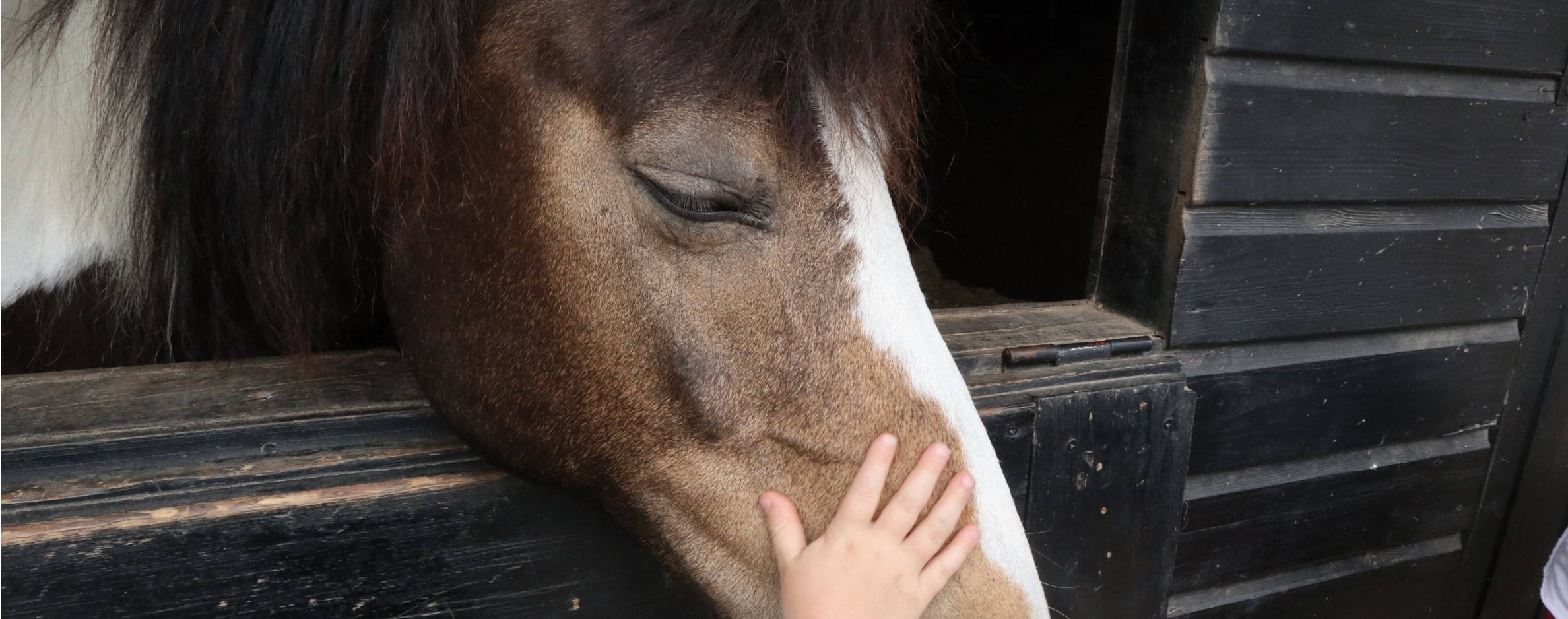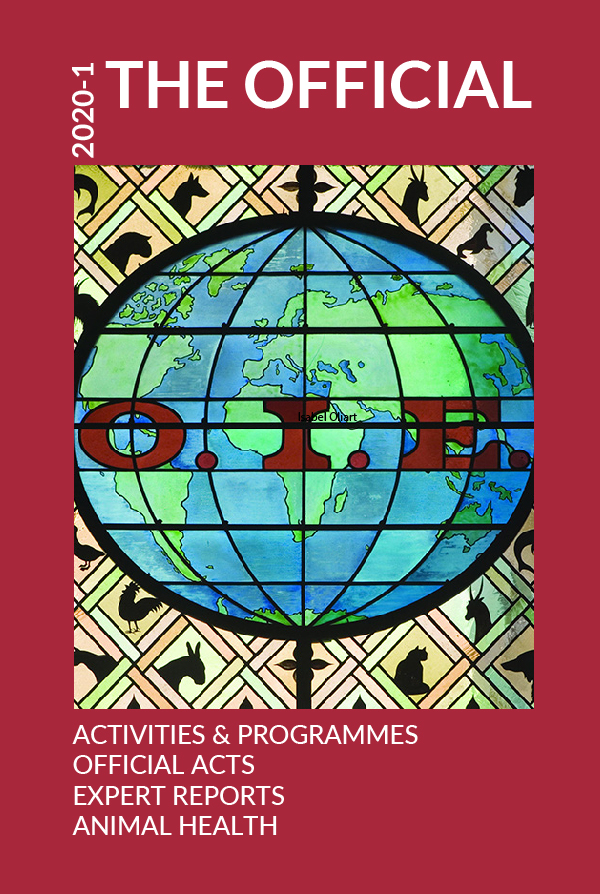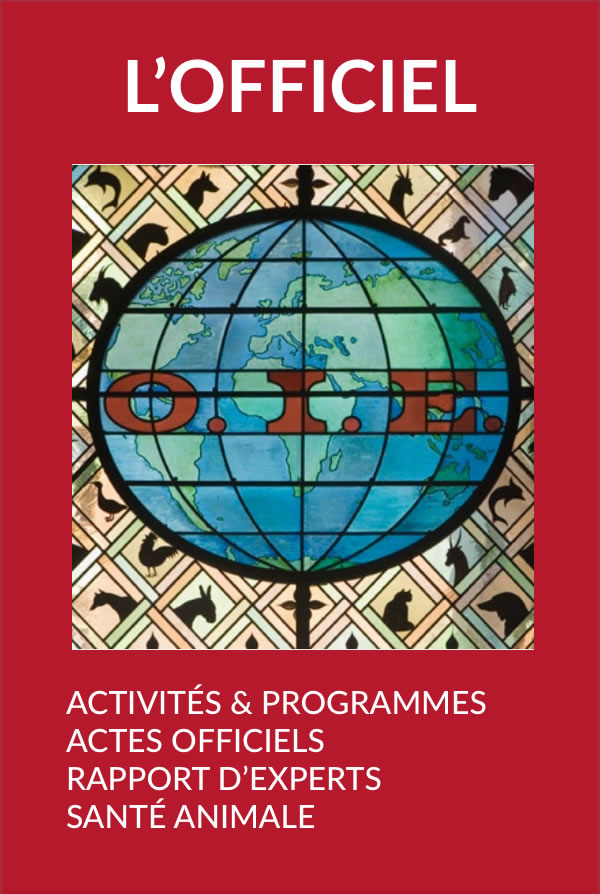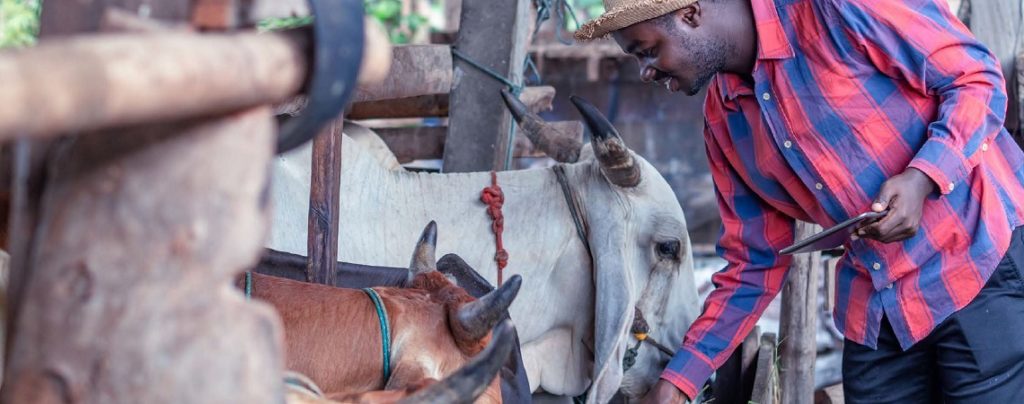Activities & Programmes Posted on 2020-08-26 09:39:43
Reference centres
OIE Expert Surveillance Panel on Equine Influenza Vaccine Composition
Videoconference, 16 April 2020
Keywords
Conclusions and recommendations
Influenza activity – 2019/20
Since the previous meeting of the Expert Surveillance Panel in April 2019, outbreaks of equine influenza have been reported in Africa, North America, Asia and Europe.
Sources of equine influenza viruses characterised
Equine influenza A (H3N8) viruses were isolated and/or characterised from outbreaks in the People’s Republic of China, France, Ireland, Niger, Nigeria, Sweden, the United Kingdom (UK) and the United States of America (USA).
Field data
Africa
In Africa, outbreaks were detected in 2018 and continued in 2019. They were reported in Cameroon, Mali, Niger, Nigeria, Senegal and the Sudan. Equine influenza virus was also suspected in Ghana but not confirmed. Several countries experienced significant mortalities in donkeys.
North America
In the USA equine influenza prevalence was unusually elevated at the end of 2018 and in the first third of 2019, and afterwards returned to its more usual level. Outbreaks were reported each month and across 33 states.
Asia
In China an outbreak was confirmed in Inner Mongolia.
Europe
The extensive outbreak in Europe that commenced in late 2018 continued in 2019 with 228 affected premises reported in the UK, approximately 80 in Ireland and over 60 in France. All sectors and both vaccinated and unvaccinated horses were affected. However, protection was much better among vaccinated horses compared to unvaccinated horses and horses correctly vaccinated over several years often showed no clinical signs or were only mildly affected. This outbreak appeared to peter out in late summer/autumn but in early 2020, sporadic outbreaks were confirmed again in France, Ireland, the UK and Sweden.
Characterisation of viruses isolated in 2019/20
Genetic characterisation
Viruses isolated/identified in China, France, Ireland, Niger, Nigeria, the UK, the USA, Senegal and Sweden in 2019, and from Ireland and Sweden in 2020 were characterised genetically by sequencing the haemagglutinin (HA) gene.
The neuraminidase (NA) genes were sequenced for viruses isolated/identified from outbreaks in 2019 in China, France, Ireland, the UK and the USA and from outbreaks in 2020 in Ireland and the USA.
The HA and NA sequences were aligned with those of the recommended vaccine virus A/eq/South Africa/2003 for clade 1 viruses and A/eq/Richmond/1/2007 for clade 2 viruses.
The virus detected in China was characterised as clade 2, Florida sublineage of the American lineage and was similar to viruses identified in China in 2017 and 2015.
All other viruses detected were characterised as clade 1, Florida sublineage of the American lineage and were very similar to the clade 1 viruses identified in the USA and South America in 2018.
Antigenic characterisation
Virus isolated in Ireland in 2019 and viruses generated by reverse genetics, with the HA of UK and Irish 2019 viruses were antigenically characterised with post-infection horse sera. Neutralisation titres for horse post-vaccination sera were compared for viruses isolated in the USA in 2019 and for the recommended vaccine virus A/equine/Ohio/2003. Post-infection ferret antisera were prepared against viruses isolated in 2019 but the testing schedule was disrupted by the COVID-19 epidemic.
Neutralisation data available for viruses isolated in 2019, show that the viruses continue to remain antigenically closely related to the recommended clade 1 vaccine viruses.
Conclusions
With the exception of a clade 2 virus identified in China, all viruses isolated and characterised from the outbreaks in 2019 and early 2020 were from clade 1 of the Florida sublineage. They were similar to those identified in the USA and South America in 2018. Clade 1 viruses are endemic in the USA, but these are the first major outbreaks associated with a clade 1 virus in Africa since 2003 and in Europe since 2009/10. Although the clade 1 viruses have gradually diverged genetically from the OIE recommended vaccine strains, the neutralisation data with mono-specific horse sera indicated that they continue to remain antigenically similar to the viruses recommended for inclusion in the vaccines. Further virus characterisation is ongoing but at present the panel agreed that there is no evidence-based scientific justification for revising the recommendations on vaccine composition.
Level of surveillance and updating of vaccines
The Panel continues to emphasise the importance of increased surveillance and investigation of vaccination breakdown in different countries.
Rapid submission of viruses to Reference Laboratories is essential if antigenic and genetic drift is to be monitored effectively on a global basis.
Recommendations (April 2020)
These are currently unchanged from those made each year since 2010.
It is not necessary to include an H7N7 virus or an H3N8 virus of the Eurasian lineage in vaccines as these viruses have not been detected in the course of many years of surveillance and are therefore presumed not to be circulating.
Vaccines should contain both clade 1 and clade 2 viruses of the Florida sublineage.
The recommendation for the coming year is:
- Clade 1 continues to be represented by A/eq/South Africa/04/2003-like or A/eq/Ohio/2003-like viruses but more recent clade 1 viruses are available from the OIE Reference Laboratories (see list below).
- Clade 2 continues to be represented by A/eq/Richmond/1/2007-like viruses but more recent clade 2 viruses are available from the OIE Reference Laboratories (see list below).
Manufacturers producing vaccines for a strictly national market are encouraged to liaise with Reference Laboratories. The selected viruses should induce responses which are immunogenically relevant to the equine influenza viruses circulating nationally. Sequence determination of both HA and NAs should be completed before use.
Reference reagents
Freeze-dried post-infection equine antisera to A/eq/South Africa/4/2003 (Florida clade 1) and to A/eq/Richmond/1/2007 (Florida clade 2) are available from the European Directorate for the Quality of Medicines & HealthCare (EDQM). These sera have been assigned single radial haemolysis values through international collaborative studies and can be used as primary reference sera for the assay.
Recent virus strains, including suitable vaccine candidates for clades 1 and 2, are available from the OIE Reference Laboratories. In the event that an OIE Reference Laboratory cannot supply suitable vaccine candidates for both clades, they will assist the vaccine company to source the viruses from an alternative OIE Reference Laboratory.
Small quantities of ferret antisera for antigenic characterisation are available from the OIE Reference Laboratories in the UK and Ireland.
http://dx.doi.org/10.20506/bull.2020.1.3134
OIE Reference Laboratories for Equine Influenza
Prof. Ann Cullinane
Head of the Virology Unit
Irish Equine Centre
Johnstown
Naas, Co. Kildare
Ireland
Tel. +353 45 86 62 66
E-mail: acullinane@irishequinecentre.ie
Dr Debra Elton
Animal Health Trust
Centre for Preventive Medicine
Lanwades Park, Kentford
Suffolk CB8 7UU
United Kingdom
Tel. +44 1638 75 10 00
E-mail: debra.elton@aht.org.uk
Dr Thomas M. Chambers
Maxwell H. Gluck Equine Research Center
Department of Veterinary Science
University of Kentucky
108 Gluck Equine Research Center
Lexington, Kentucky 40546-0099
United States of America
Tel. +1 859 257 47 57
E-mail: tmcham1@uky.edu












